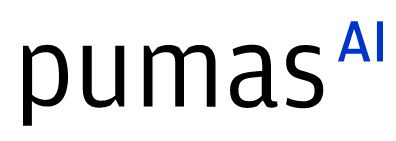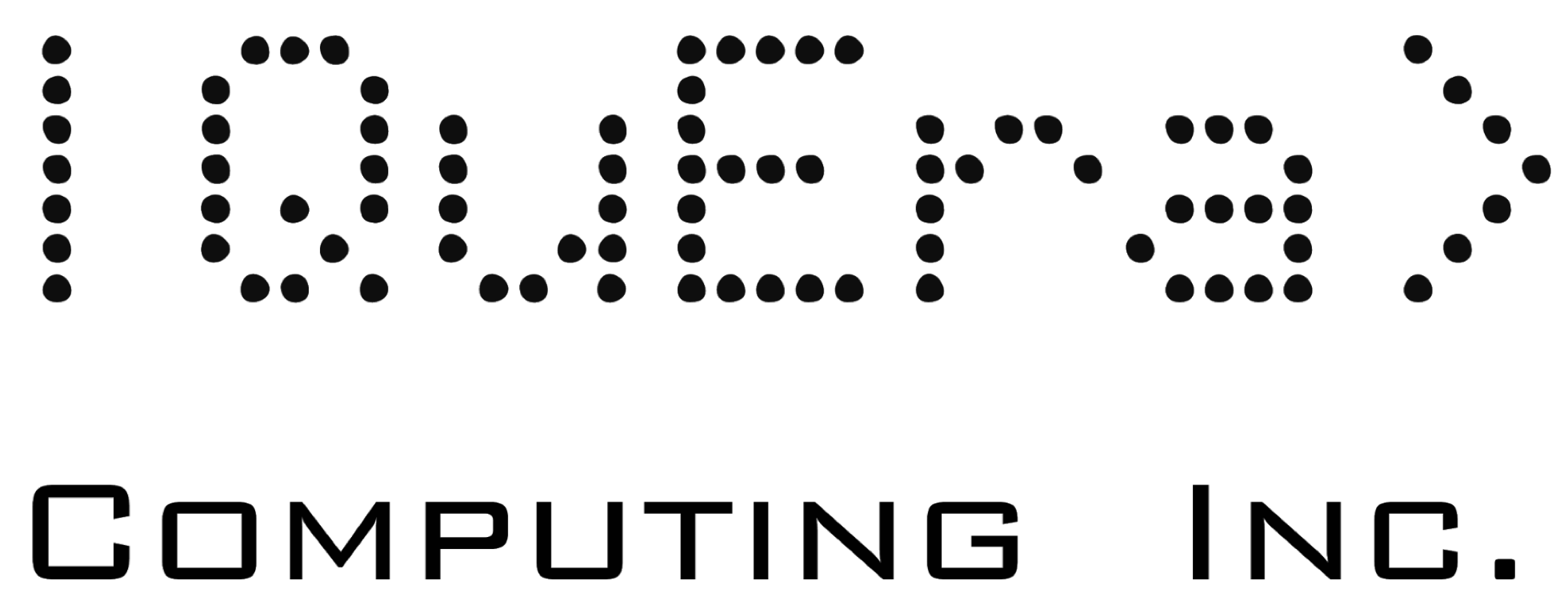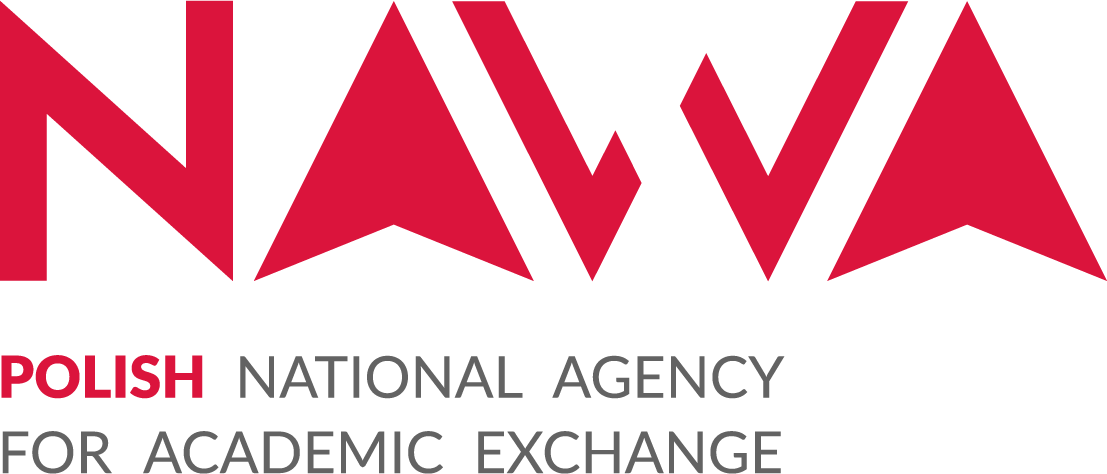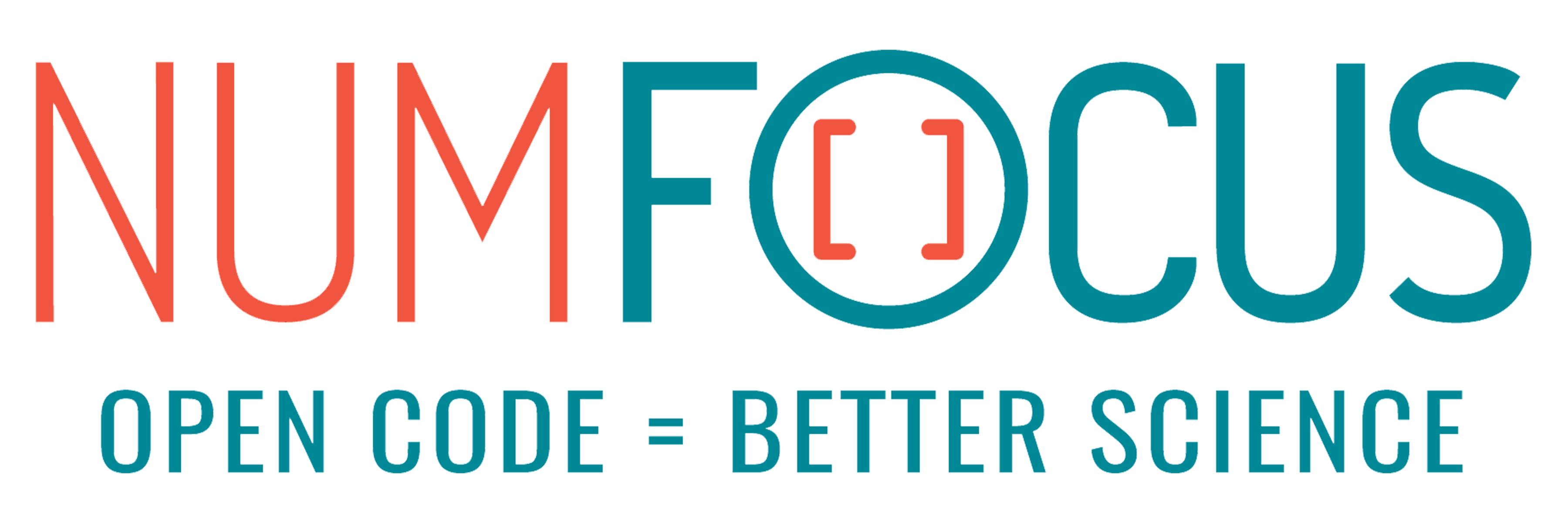Computational Radio Astronomy with Julia (3)
Abstract:
Radio interferometry produces the sharpest images in astronomy through the concept of a computational telescope, with software and algorithms integral to their success. In the coming decade, new facilities, including the ngEHT, ngVLA, and SKA, will revolutionize astronomy, leveraging breakthroughs in digital technology to generate Petabyte-scale datasets. This minisymposium will explore Julia's rapidly growing role in radio astronomy and highlight crucially needed developments.
Description:
Radio astronomy is a rich and growing field with success that is closely tied to high-performance computing (HPC). In particular, the technique of very long baseline interferometry (VLBI) – which recently culminated in the first images of a black hole – typically requires HPC at every level of its analysis. Indeed, even the "telescope" itself is created using HPC systems, with surface corrections and pointing performed digitally after the observations digitize and record the raw data. In the coming decades, new VLBI arrays such as the next-generation Very Large Array (ngVLA), Square Kilometer Array (SKA), and next-generation Event Horizon Telescope (ngEHT) will come online. These new telescopes will drastically increase the recorded data volumes, necessitating new data analysis paradigms. For instance, the ngEHT will observe over an order of magnitude more often than the EHT, with twice as many dishes providing petabytes of data. New computational software must be developed to process and calibrate this enormous volume of data.
The process of forming an image in radio interferometry is also computational since the telescope doesn't directly produce an image. Instead, specialized computational algorithms analyze the data and produce images consistent with the recorded data. Furthermore, traditional imaging methods, while efficient, tend to produce suboptimal images compared to newer methods that directly fit the data products recorded by the telescope. However, these tools have traditionally been underdeveloped since they require highly performant computing. In addition, conventional interferometric imaging is an interactive process, with some algorithms requiring constant input from a user. Thanks to its dynamic and performant nature, Julia is primed to become the new standard in radio astronomical imaging. Julia has already started to be adopted within the radio community through analysis of data from the Event Horizon Telescope, where Julia aided in the construction of the first-ever picture of the black hole at the center of our galaxy. Additionally, JuliaAstro already has interfaces to several commonly used software suites within radio astronomy.
This mini-symposium's focus will be on the progress and development of Julia-based software within the radio astronomy community. This mini-symposium will be split into three parts:
- The first part will highlight where Julia has already been used within the radio astronomy community. Speakers will describe how they used Julia within their research programs. Additionally, the speakers will discuss their experience using Julia.
- The second part will highlight future directions of radio astronomy and the role of Julia. Speakers will describe what computational obstacles (e.g., data volume, processing speed, algorithmic development) radio astronomers face and how Julia could help.
- The third part will be a roundtable discussion of the presented topics and what areas of development and outreach the community should prioritize. Part of this section will be the start of a technical report highlighting the future development goals of the Julia radio astronomy field that will be published shortly after the symposium.
Platinum sponsors

Gold sponsors

Silver sponsors




Bronze sponsors



Academic partners

Local partners

Fiscal Sponsor
